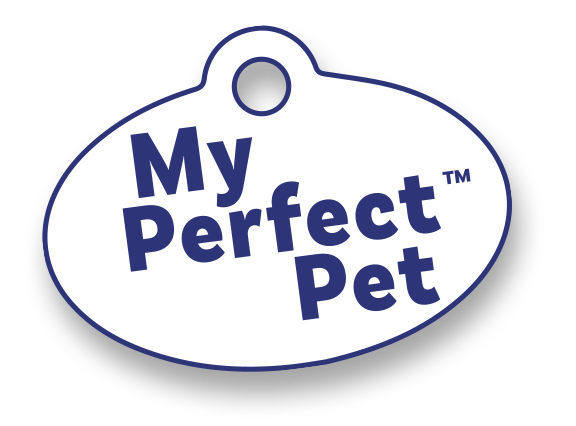Our founder, Karen Scoggins, loved her dog Hunter. Sadly, in 2006 Hunter became suddenly ill. Shortly after he died, the culprit—contaminated dog food—made headlines around the country.
Had Hunter suffered for long?
It’s hard to say. Dogs can’t tell us when they hurt. As dog parents, we need to learn to recognize signs that our dogs are suffering. And then we need to do the responsible, right thing for our dogs. We need to give them what they need—not what they want.
Signs of Suffering
When people are in pain, we may wince, grimace, say “ow,” cry. We may limp or favor some part of our body. We know how to communicate that pain. Dogs have signals that they are in pain too, but we need to learn to read them.
If you’ve noticed any of these signs, your dog may be suffering:
- Excessive grooming, especially in one area
- Panting (without exertion)
- No interest in food
- Change in behavior
- Not acting like themselves
These are good signs it’s time to see your vet and find out what might be wrong and what you can do make your pet more comfortable.
If you aren’t seeing signs of suffering, wonderful! Do what you can to keep your pet feeling great—but that may not be what you think.
Killing Them with Love
 If your dog loves to eat—and most do—you probably enjoy feeding him, whether it’s treats or table scraps or the best kibble you can find (more on that last one in a minute). You give him something, and he gobbles it up.
If your dog loves to eat—and most do—you probably enjoy feeding him, whether it’s treats or table scraps or the best kibble you can find (more on that last one in a minute). You give him something, and he gobbles it up.
He loves it. He’s happy. That’s good, right?
You absolutely want your dog to be happy, but giving him everything he wants isn’t the way to do that. Too much food can lead to overweight dogs and a host of other health issues. Instead of overdoing the food, try play and attention instead.
Choosing What They Need
When it comes to food for your dog, think needs and nutrition. When your dog gets the right amount of quality food, she has more energy and all systems in her body are in better shape. That means her body is less taxed, and she’s more likely to stay healthy.
So how do you start choosing what your dog needs? First, forget kibble—even that expensive one with all the “good” ingredients in it. Kibble is hard to digest. Plus it’s highly processed, which means lots of synthetics are added to round out nutrients and make it palatable. Think real, fresh food for your dog.
Motivated by Hunter’s death, Karen dug deeper into what was in dog food. That’s what motivated her develop a food that made sure dogs were getting the food that their bodies needed and, just as importantly, that the food supply was safe. That’s why My Perfect Pet uses real, human-grade whole foods blended to meet a dog’s nutritional needs. The food is lightly cooked for flavor, preservation of nutrients, and safety.
You love your dog. You want her to be happy and healthy. You’d do whatever you have to do to avoid suffering for her. That starts with making choices to give your dog what she needs. It means setting limits and not giving her everything she wants.
If your dog is in pain, find out if you can do anything to relieve the symptoms or improve conditions. If you dog isn’t suffering, feed responsibly and wisely to help keep your dog healthy and pain free.

